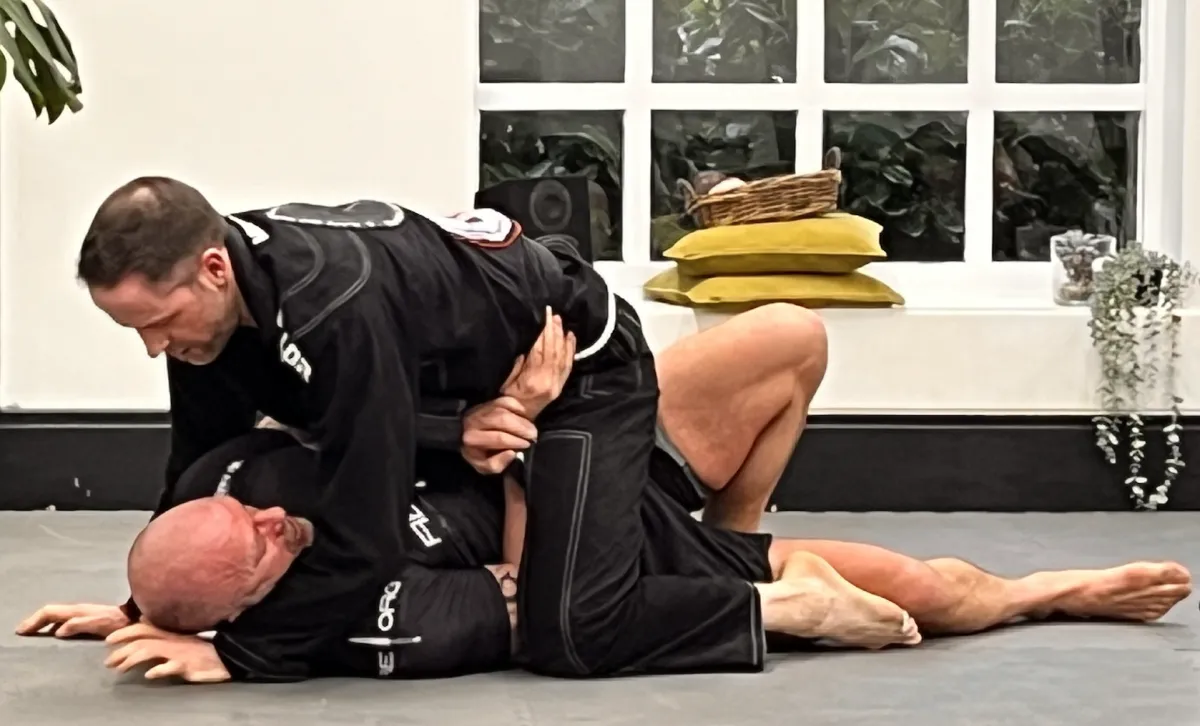
The Benefits of Gi and No-Gi Training in BJJ
The Benefits of Gi and No-Gi Training in BJJ
Introduction
In Brazilian Jiu-Jitsu, practitioners have the option to train in either a traditional Gi (kimono) or No-Gi (rash guard and shorts). Both styles offer unique benefits and challenges, and understanding these can help you become a more well-rounded grappler. Let's dive into the advantages of both Gi and No-Gi training and how they complement each other.

The Benefits of Gi Training
Technical Precision
Gi training focuses heavily on technique and control, as the fabric of the Gi allows for various grips and holds that are not possible in No-Gi. This style of training forces practitioners to develop precise techniques and leverage, making it an excellent way to build a strong technical foundation.Grip Strength and Endurance
The grips used in Gi training require a lot of hand strength and endurance, which can be beneficial in developing overall grip strength. This attribute is useful not just in BJJ but also in other martial arts and physical activities.Slower Pace and Strategic Thinking
The Gi slows down the pace of a match, as opponents can use the fabric to control each other. This slower pace allows for more strategic thinking and planning, helping practitioners develop their mental game and tactical approach.
The Benefits of No-Gi Training
Faster, More Dynamic Movements
No-Gi training is generally faster-paced because there are no grips to slow down movement. This style encourages practitioners to develop quick reflexes, explosive movements, and agility, which are crucial in both self-defense situations and sport competition.Translating Skills to Real-World Scenarios
In a real-world scenario, you’re unlikely to be wearing a Gi. No-Gi training prepares you for situations where you can't rely on grips and instead focuses on body positioning, underhooks, and overhooks, making it more applicable to self-defense.Improved Conditioning
The fast-paced nature of No-Gi requires excellent cardiovascular conditioning and muscular endurance. This type of training can significantly improve your overall fitness, which is beneficial for both Gi and No-Gi practitioners.
Combining Gi and No-Gi Training for Maximum Benefit
Training in both Gi and No-Gi offers a well-rounded skill set. Gi training builds strong technical fundamentals and grip strength, while No-Gi sharpens speed, agility, and real-world applicability. Together, they provide a comprehensive approach to Brazilian Jiu-Jitsu, allowing you to adapt to any situation on or off the mat.
Conclusion
Whether you prefer Gi or No-Gi, incorporating both into your training regimen can help you become a more versatile and effective practitioner. By understanding the strengths and weaknesses of each style, you can tailor your training to suit your goals and enjoy the full spectrum of what Brazilian Jiu-Jitsu has to offer.